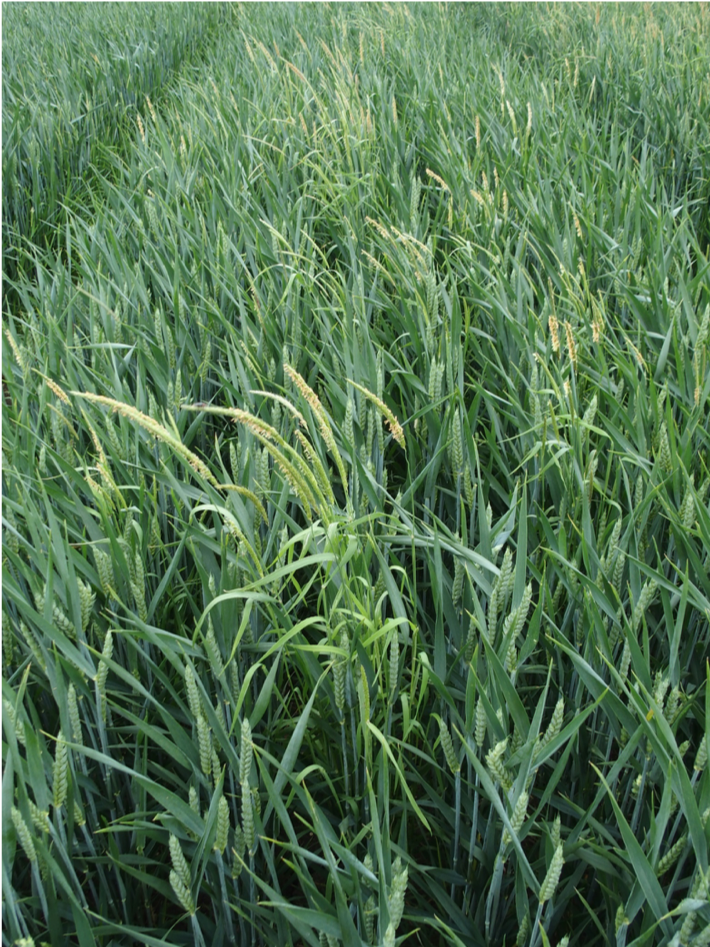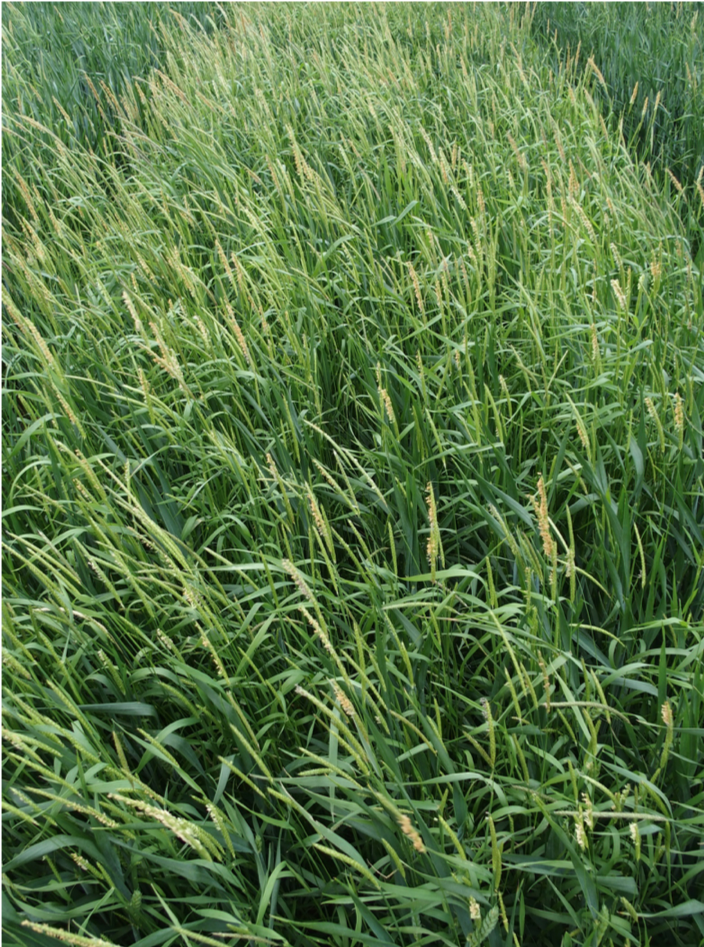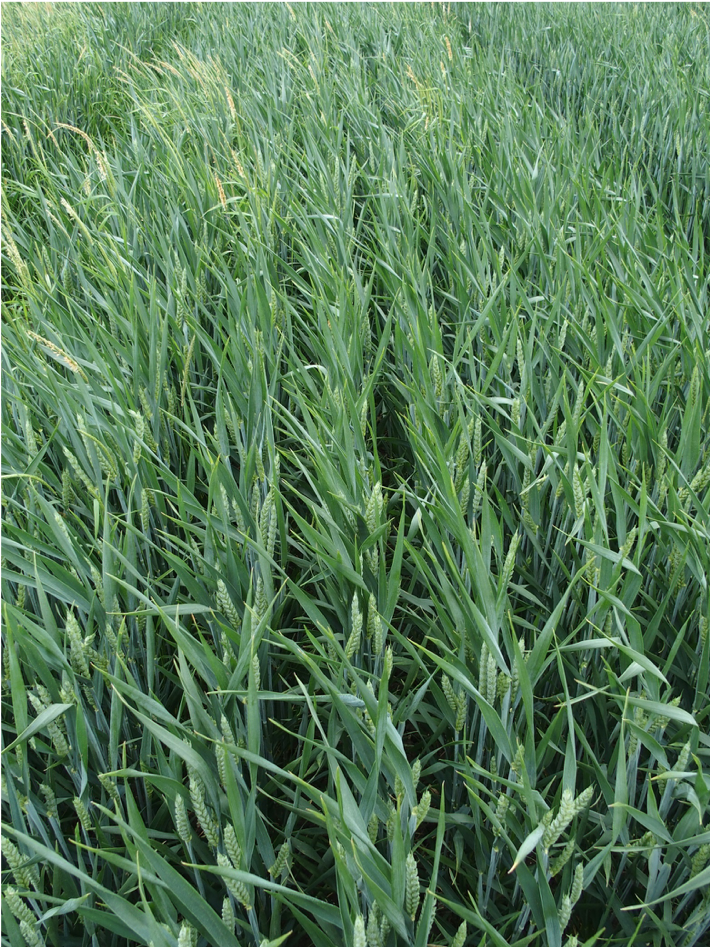CPM finds out why the world’s leading chemical company has increased supply of Crystal to better meet demand from many UK growers who need to make the best possible start to their blackgrass control programmes this season.
BASF has also reduced the price, making the product more cost-effective than ever, says agricultural solutions campaign manager Ruth Stanley.
“Choosing the best chemistry will be vital this autumn. Prior to harvest we saw an abundance of blackgrass heads in many cereal crops around the country, despite what appeared to be good control in autumn 2017.
“All these heads will have shed their seed. It’s a reminder that good planning is needed for effective blackgrass control and the strategy should include a range of cultural and chemical techniques to be successful.”
With blackgrass said to be of low dormancy this season, delaying drilling could be especially valuable, allowing more time to take advantage of stale seed-beds. Sowing competitive varieties at the right seed rate will provide additional suppression.
In any autumn-sown cereal crop, using the best chemistry incorporating different modes of action at the right rates will gain the greatest percentage control of blackgrass.
Over several seasons in 59 separate BASF and independent trials Crystal gave the most reliable control. These findings were backed up last season in trials at the NIAB TAG site at Hardwick, Cambridgeshire, where treatments of Crystal or Crystal + diflufenican (DFF) outperformed its main competitor alone or with prosulfocarb.
“The extra residual grass-weed control component in pendimethalin clearly showed its value,” says Ruth.
Although the actives present in Crystal can be bought as generics, this could prove to be a false economy as trials show the formulation of Crystal provides a significant uplift in performance, she adds (see pictures).

Crystal + Hurricane

Generic products (same active ingredient quantities)

Untreated
“It’s vital to get the best possible start to control blackgrass to ensure crops are profitable by achieving their maximum potential yield.
“A blackgrass population of 300 heads/sq m will lose £615.60/ha* at today’s prices, so no-one can afford to cut corners,” says Ruth.
Crystal + DFF (4lt/ha + 0.2lt/ha) should be applied within 48 hours of drilling ideally onto moist, clod-free and consolidated seedbeds, and soil should not be disturbed after application.
In severe blackgrass populations, Avadex should be used before the Crystal application to gain maximum control of the weed.
Battling blackgrass – best advice
BASF has teamed up with a team of independent experts to provide best advice on battling blackgrass this autumn.
With blackgrass control every little helps; lots of small changes can make a big improvement to the control achieved in field by using the right herbicides.
For further advice and tips from John Deere on machinery hygiene, ADAS on weed biology, Neil Fuller on soil health, Tom Robinson with spray application and Philip Wright on cultivation and drilling techniques, please go to BASF’s dedicated arable weed control website at www.basfrealresults.co.uk/awc.
BASF is also keen hear of growers’ top tips on blackgrass control, which could win a place at the BASF Battling Blackgrass Together conference next year. To enter your top tips and the competition click here.
*2016, S.Cook, J. Roberts, Optimising the competitive effects of hybrid barley for the control of Alopecurus myosuroides. 7th International Weed Science Congress, June 19-26 2016, Prague, Czech Republic




